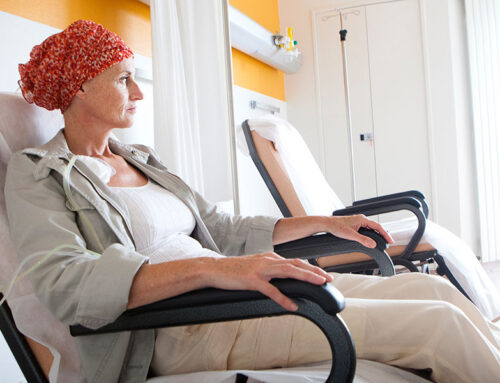Trigger points in the myofascia — those knotty little culprits often hidden within our muscles — can be the root cause of widespread pain and discomfort, often in areas far from the actual source. Understanding how these trigger points affect the body and how Myotherapists address them can provide valuable insights into managing and alleviating chronic pain and enhancing mobility.
What are Trigger Points?
Trigger points are tight spots in skeletal muscle that are highly sensitive to touch and can cause pain elsewhere in the body, known as referred pain. These points typically develop due to muscular overload, stress, injuries, or poor posture. The pain can be sharp and intense or a dull ache, and it often mimics the symptoms of other conditions, which can make diagnosis tricky.
How Trigger Points Cause Referred Pain
The concept of referred pain is crucial in understanding how trigger points affect the body. When a trigger point is activated, it can cause a pain response in a different part of the body. For instance, a trigger point in the back might lead to pain in the neck or even headaches. This happens because the nerves that supply these muscles are interconnected, and pain signals can travel along these pathways to other regions.
The Role of Myotherapy in Treating Trigger Points
Myotherapy is a highly effective approach for treating trigger points and the associated referred pain. Myotherapists are trained to identify and deactivate these points using several techniques:
Manual Pressure: Applying direct pressure to a trigger point can help release it, easing the tension in the muscle. This technique is often referred to as trigger point therapy or neuromuscular technique.
Dry Needling: Similar to acupuncture, dry needling involves inserting fine needles into the trigger points. This helps to break the cycle of pain and encourage healing by increasing blood flow to the area.
Massage: Myofascial release and other massage techniques can help elongate the muscle fibres and reduce tightness, further helping to deactivate trigger points.
Stretching and Strengthening Exercises: Myotherapists also prescribe specific exercises designed to stretch tight muscles and strengthen weaker ones. This helps to restore balance and prevent the recurrence of trigger points.
Heat Therapy: Applying heat can increase blood flow and soothe tense muscles, which aids in the relaxation of trigger points.
Benefits of Treating Trigger Points
Addressing trigger points through Myotherapy can lead to significant improvements in pain management, flexibility, and range of motion. By relieving these points, individuals often experience:
- Decreased pain and discomfort
- Enhanced mobility
- Improved posture
- Reduced incidence of pain flare-ups
Incorporating Myotherapy into your routine can be particularly beneficial if you’re experiencing persistent pain that hasn’t responded to more conventional treatments. It’s a proactive approach not just for alleviating symptoms but also for addressing the underlying causes of muscle pain and dysfunction.
By treating the body as a whole and understanding the interconnections within the muscular system, Myotherapists play a crucial role in helping individuals achieve a higher quality of life, free from the limitations imposed by myofascial trigger points.






